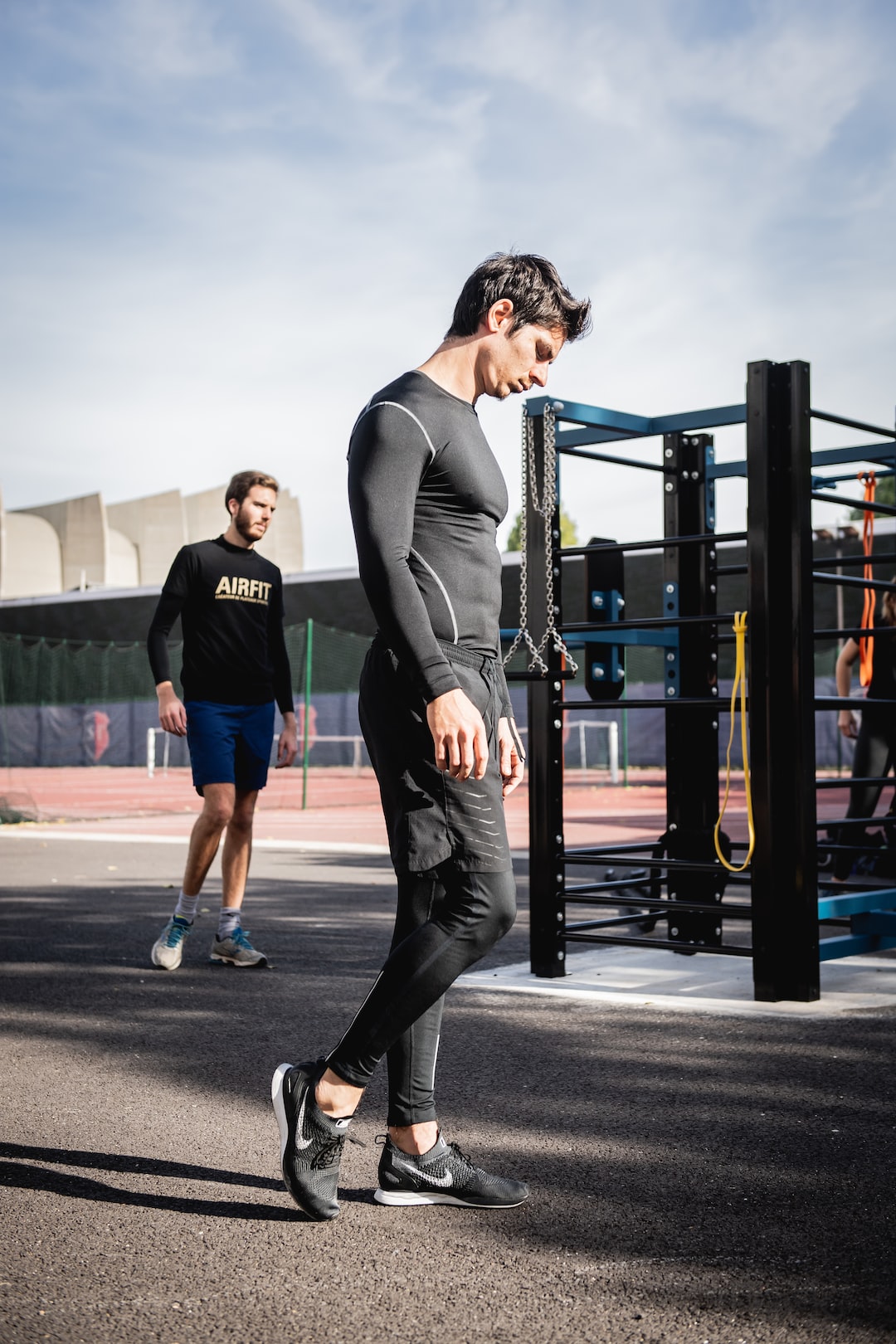Understanding Different Types of Endurance Training for Athletes
Endurance is a crucial aspect of athletic performance, whether you are a professional athlete or a beginner trying to improve your fitness. Endurance training helps to build the capacity of your cardiovascular system, enabling your body to sustain physical activity for longer periods. However, there are different types of endurance training, each with its own benefits and training approach. In this blog post, we will explore some of these types and how they can benefit athletes.
1. Aerobic Endurance Training:
Aerobic endurance training focuses on improving your body’s ability to use oxygen efficiently during exercise. This type of training typically involves sustained, low-to-moderate intensity activities, such as running, swimming, cycling, or rowing. The main goal is to gradually increase the duration and intensity of these workouts, allowing your body to adapt to longer periods of exercise. Aerobic endurance training helps improve your cardiovascular health, increases your aerobic capacity, and enhances fat-burning capabilities.
2. Anaerobic Endurance Training:
While aerobic endurance training improves your body’s ability to perform activities for longer periods, anaerobic endurance training focuses on short bursts of high-intensity exercise. This type of training is crucial for athletes participating in sports that require quick, explosive movements, such as sprinting, jumping, or throwing. Anaerobic endurance workouts include interval training, repeated sprints, or resistance training. These activities help develop fast-twitch muscle fibers, increase lactate threshold, and enhance muscular strength and power.
3. High-Intensity Interval Training (HIIT):
High-Intensity Interval Training (HIIT) is a combination of aerobic and anaerobic endurance training. It involves alternating between short bursts of high-intensity exercise and periods of lower intensity or rest. HIIT sessions are usually shorter than traditional aerobic endurance workouts but provide similar or even greater benefits. By pushing your body to its limits during the intense intervals, you challenge your cardiovascular system and boost your metabolic rate, leading to improved aerobic and anaerobic capacities.
4. Fartlek Training:
Fartlek, a Swedish term meaning “speed play,” is a flexible form of endurance training that combines aerobic and anaerobic efforts. It involves incorporating periods of fast running or higher intensity efforts into your regular aerobic endurance workouts. For example, during a long run, you may incorporate short sprints or accelerations at different points. Fartlek training helps improve your body’s ability to switch between energy systems, making it more adaptable to various intensities. Additionally, this form of training can be enjoyable and mentally stimulating, as it mimics the unpredictability of real-life sports situations.
5. Long Slow Distance (LSD) Training:
Long Slow Distance (LSD) training is the foundation of endurance training for athletes. It involves performing activities at a low to moderate intensity, typically at a pace you can maintain comfortably for an extended period. The purpose of LSD training is to build a base level of fitness and aerobic endurance. These longer workouts help improve your cardiovascular and respiratory systems, increase the number of energy-producing mitochondria, and enhance your body’s ability to use fat as a fuel source. LSD training is vital for endurance sports such as marathon running, long-distance cycling, or triathlons.
In conclusion, understanding and incorporating different types of endurance training into your athletic routine can greatly benefit your overall performance. Whether you focus on aerobic, anaerobic, or combine both in HIIT or fartlek training, each type plays a crucial role in enhancing specific aspects of your endurance. Remember to consult with a professional coach or trainer to develop a training plan that best suits your individual needs and goals. With consistency and dedication, you can increase your endurance and unlock your full athletic potential.

